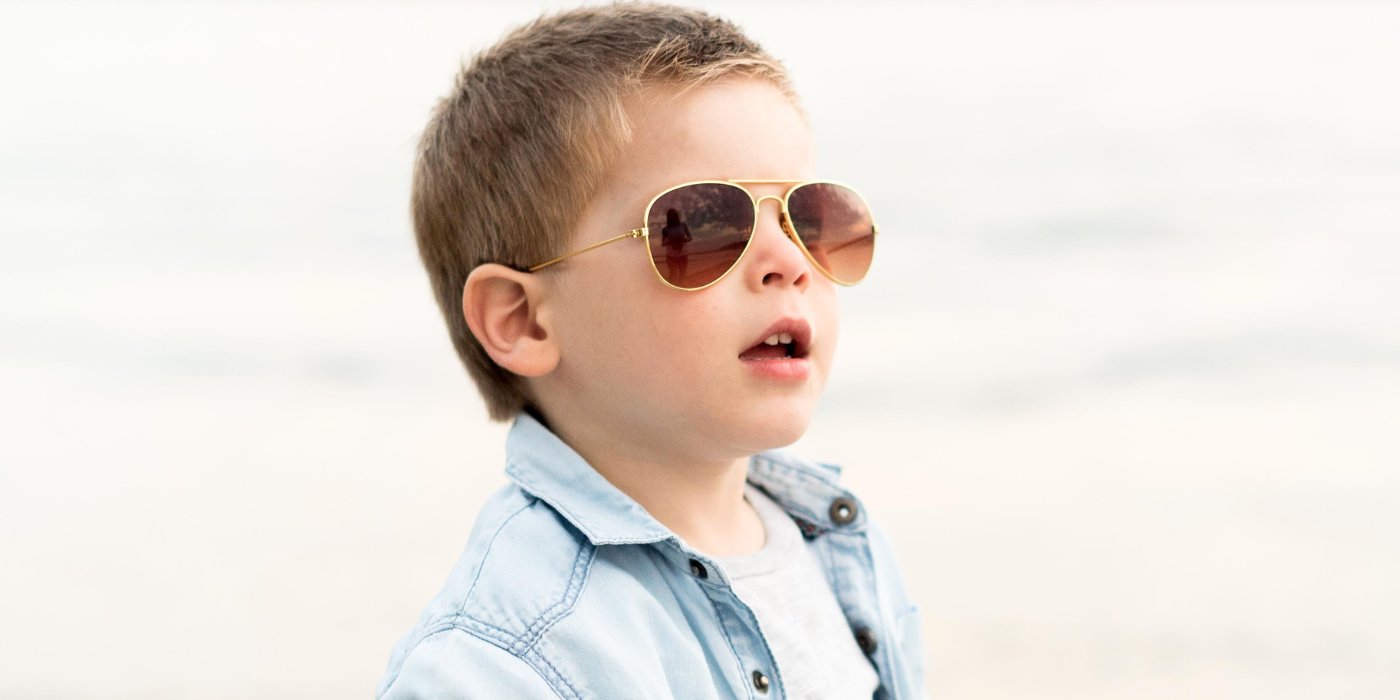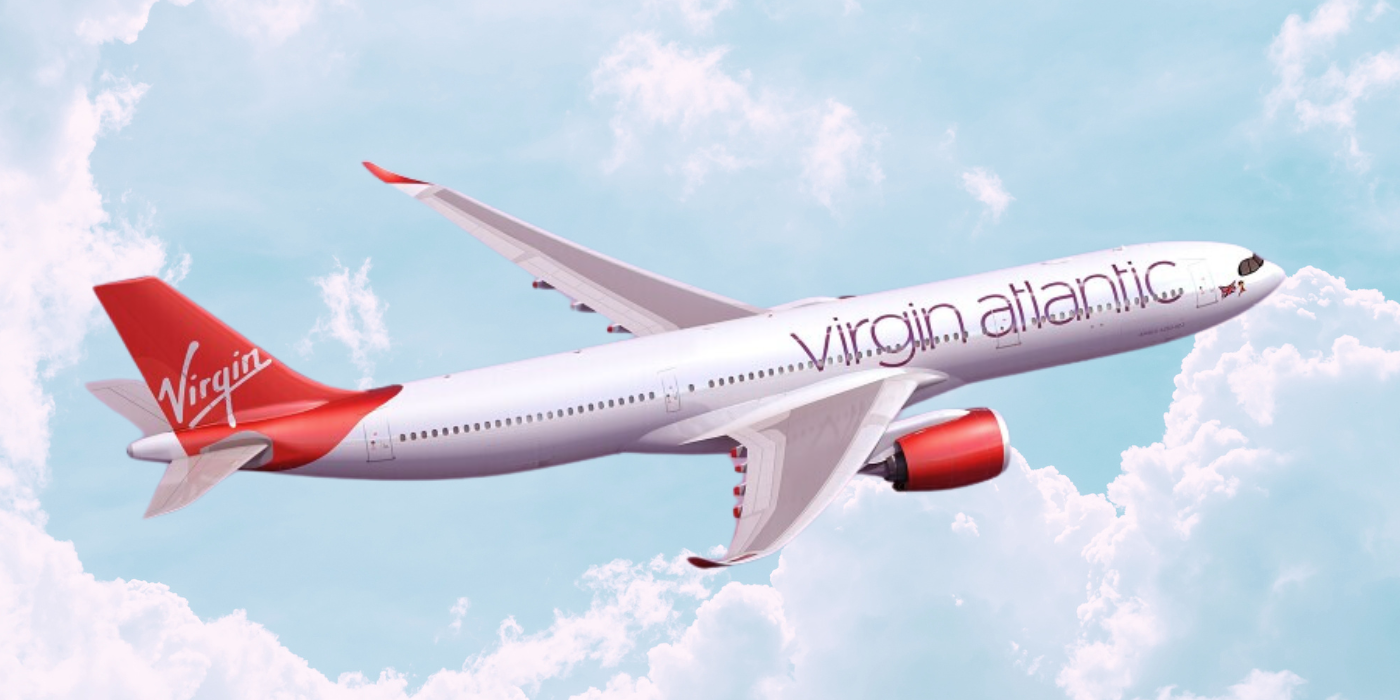Flying with a 2-year-old can feel challenging, especially on long-distance trips. Preparation and the right strategies can make the experience much smoother for both you and your little one. Here’s a guide packed with practical tips to help expat parents, military families, and those planning long holidays. These tips will ensure your child stays comfortable, entertained, and well-rested throughout the flight.
1. Plan Flights Around Your Child’s Schedule
Try to choose flights that align with your toddler’s nap or bedtime to maximize the chances of them sleeping on board. Night flights are often the best option for long-haul journeys, as the dim lighting and quiet cabin atmosphere can encourage sleep.
2. Select the Right Seats
Opt for seats that offer a bit more room and flexibility, such as those by the window or in the middle of a row. Avoid booking seats near emergency exits, as they often have restrictions on in-flight accessories and limited space for children to move around. Bulkhead seats can be a good choice as they provide more legroom, although they are usually close to restrooms and might have more foot traffic.
3. Pack Smart for Easy Access
Pack a well-organized carry-on with essentials like snacks, toys, diapers, wipes, extra clothes, and any medications. Consider using packing cubes or separate bags for different categories (e.g., snacks, toys, diapers) so you can easily find what you need. Make sure to have everything you might need in flight within arm's reach to avoid having to rummage through the overhead compartment.
4. Bring New and Favorite Toys
Pack a mix of familiar toys and new surprises. New toys or books can capture your toddler's attention longer because of the novelty factor. Items like sticker books, magnetic drawing boards, and small puzzles are perfect for quiet play. Avoid toys with many small parts that could get lost or roll under seats. Digital entertainment, like downloaded shows or games, can also be a great option; just make sure your device is fully charged, and bring headphones that fit your toddler.
5. Prepare Snacks and Meals
Snacks are a must! Bring a variety of options, such as fruit slices, cereal, crackers, cheese sticks, and pouches of pureed fruits or veggies. Aim for snacks that are easy to eat and low on mess. Bringing a reusable water bottle or sippy cup can also be helpful, especially to keep your child hydrated.
Consider the timing of meals; offer snacks during takeoff and landing to help ease ear pressure, or pack something special as a reward for sitting still.

6. Dress Comfortably and in Layers
Dress your child in comfortable clothing that’s easy to change, such as layers that can be adjusted depending on the cabin temperature. Have at least one spare outfit in case of spills or accidents. For yourself, wearing comfortable clothing is equally important – something you can move in easily when carrying or attending to your toddler.
7. Prepare for Security Screening
Be ready for airport security by having liquids, baby food, and medications in clear, easily accessible bags. You may need to take off your child’s shoes or remove them from their stroller or carrier, so wear easy slip-on shoes for yourself and pack efficiently. Allow extra time for getting through security with your little one.
8. Help Manage Ear Pain During Takeoff and Landing
Ear discomfort is common during takeoff and landing due to pressure changes. Encourage swallowing by offering your toddler a drink, pacifier, or snacks. For older toddlers, chewing on something or sucking on a straw can help ease ear pressure.
9. Create a Sleep-Friendly Environment
Bring a lightweight blanket, a favorite stuffed animal, and noise-canceling headphones or earplugs to create a familiar and calming environment. If your toddler has a usual bedtime routine, try to replicate parts of it on the plane, such as reading a bedtime story or singing a lullaby.

10. Engage Your Child with Games and Activities
Keep your toddler entertained with simple, interactive games like "I Spy," storytelling, or using toys like finger puppets. You can also engage them with educational apps or audiobooks if screen time is part of your travel strategy. Consider a new toy or activity that your child hasn't seen before to maintain their interest longer.
11. Practice Patience and Flexibility
Understand that things might not always go as planned. Be prepared for delays, changes, or unexpected challenges. Having a positive and calm attitude can help reduce your toddler’s anxiety and make the journey smoother for everyone.
12. Know Airline Policies for Traveling with Kids
Familiarize yourself with the airline's policies regarding traveling with children, including the use of car seats, strollers, and in-flight comfort products like Flyaway Kids Bed. Check ahead if you’re flying on a codeshare flight, as different airlines may have varying rules.
13. Stay Calm and Positive
Children often pick up on their parents’ emotions, so try to stay calm and positive even if things get stressful. Bring along small comforts, such as their favorite blanket or toy, and reassure your child if they seem anxious or overwhelmed.
Final Thoughts
Traveling with a 2-year-old doesn’t have to be a nightmare. With careful planning, the right tools, and a good dose of patience, your flight can be much smoother than you expect. By packing smart, choosing the right flight and seats, and keeping your toddler entertained and comfortable, you’ll be set for a successful journey.



